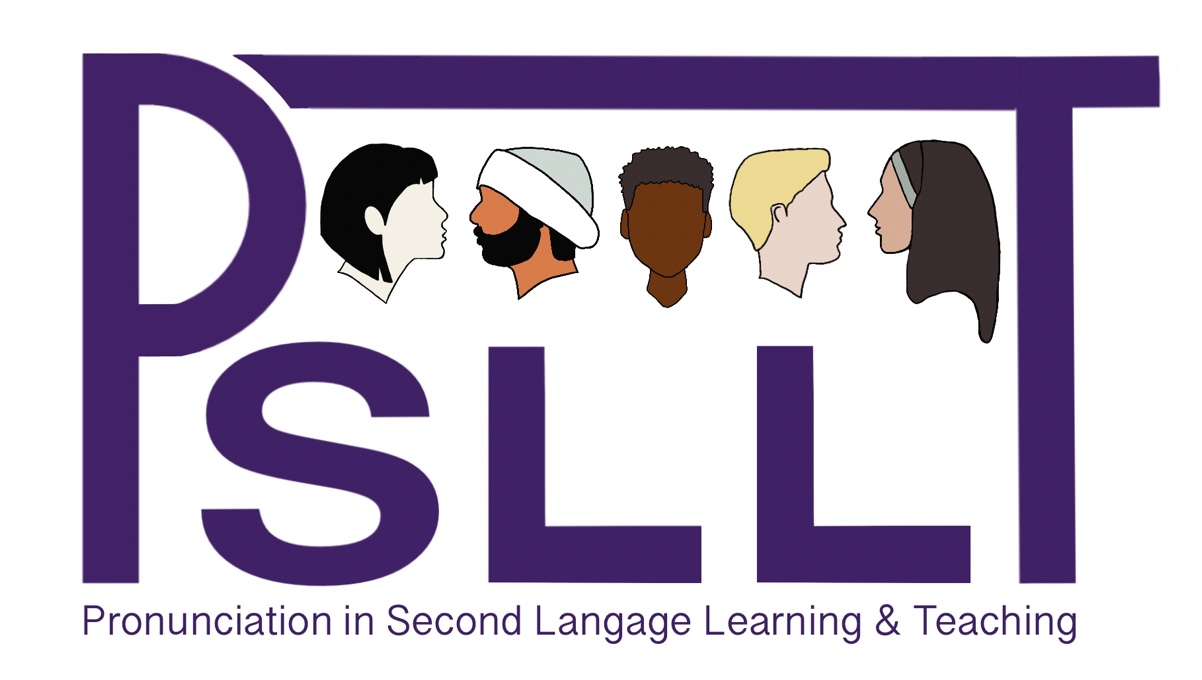Pronunciation Learning Strategies That Improve ESL Learners’ Linking
- Veronica G. Sardegna (University of Texas)
Abstract
This study explores the long-term effects of empowering 38 international graduate students with pronunciation learning strategies that they can use to improve their ability to link sounds within and across words. The effects of instruction are investigated through a mixed-method analysis that triangulates data from (a) a read-aloud test administered and recorded twice during the course, and again five months to two years after the course ended; (b) the same read-aloud test administered nine months after the testing in (a) to 23 of the 38 participants; (c) learners’ responses to two questionnaires and a survey; and (d) the researcher’s notes. The results reveal that students maintain a significant improvement over time regardless of their native language, gender, and length of stay in the US prior to instruction. There are, however, other learner characteristics and factors that seem to contribute to greater or lesser improvement over time. This paper identifies the pronunciation learning strategies taught for improving students’ ability to link sounds, analyzes the factors contributing to lesser or greater improvement over time, and discusses the results and pedagogical implications of the study.
How to Cite:
Sardegna, V. G., (2010) “Pronunciation Learning Strategies That Improve ESL Learners’ Linking”, Pronunciation in Second Language Learning and Teaching Proceedings 2(1).
Downloads:
Download PDF
View PDF
